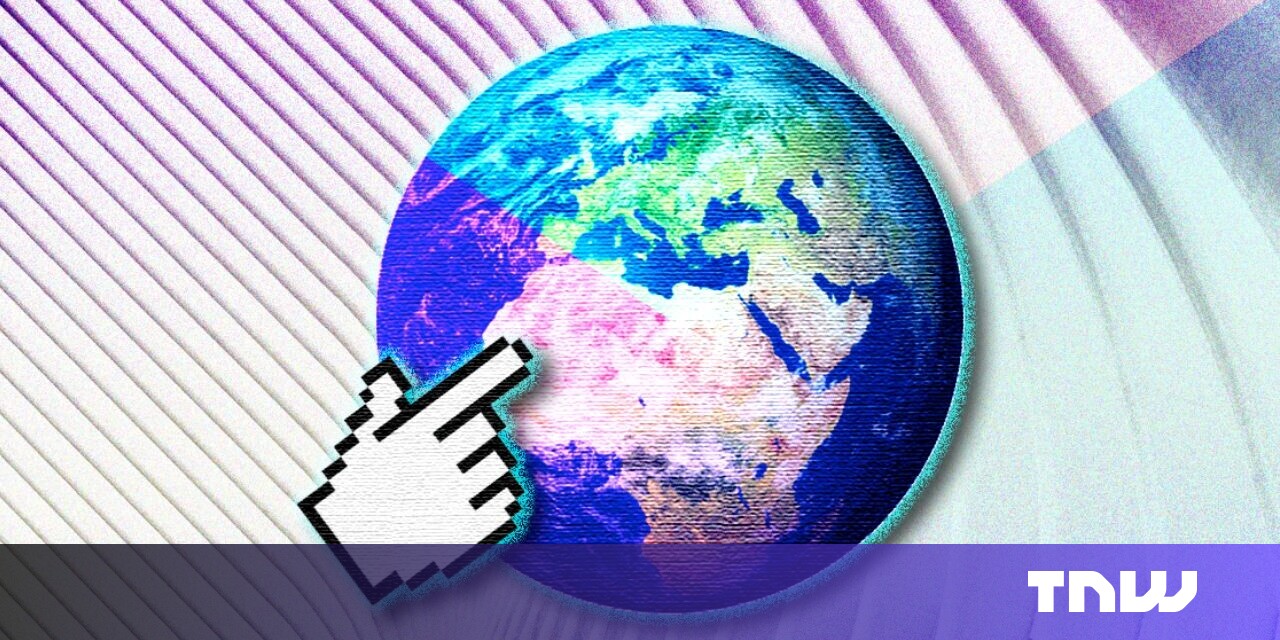#It’s time to tackle our growing digital carbon footprint

Table of Contents
This was not a type A personality’s fantasy, this was Miele X’s Digital Clean-Up Challenge. Unlike the first time I visited the company’s hip new workspace in Amsterdam’s Zuid district, this time there was a mission: to clear as many unneeded OneDrive files and emails from your laptop as possible within one hour.
In the past, Miele X had participated in several different physical environmental clean-up initiatives, including Clean the Beat organised by Bye Bye Plastic. This time the team wanted to see how they could continue to be more environmentally conscious on a daily basis.
As the heart of digital services at Miele, this group of tech-focused employees spend the entirety of their working day on their devices. The fact is that, even if we recycle religiously, navigate to work every day on a bike, and take part in regular park clean-ups, our digital carbon footprint is hard to tangibly quantify. The Digital Clean-Up Challenge aimed to do just that: drive awareness of and build a movement towards green IT internally.
But does keeping inboxes and OneDrive folders clean really have that big an impact on the environment?
Just how bad is digital build-up for the environment
The event was kicked off with a talk by Olivier Vergeynst, Director of the Belgian Institute for Sustainable IT.
What I was shocked to discover was that, when comparing personal devices, networks, and data centres, personal devices are the highest energy users and polluters. Although we’re continuously hearing about electricity-sucking data centres, user equipment and the manufacturing of it is a bigger problem. A whopping 83% of emissions come from production. And we replace our personal devices much more regularly than networks and data centres replace their equipment.
Vergeynst also shared some simple ways we can lower our digital carbon footprint on a regular basis. For example, turning off your video during a call when you don’t need it.
Of course, keeping the camera on during meetings is important because of the human impact you get from seeing someone’s facial expressions, but if you’re watching a webinar for an hour then having everyone else switch off their cameras is good practice.
Instead of sending an attachment, send a link when possible to lighten the weight of your emails.
And, most important of all, “buy less and keep it longer.” During Vergeynst’s presentation, we found out it takes 200 kg of material to manufacture a smartphone.
Opinions vary on the actual impact that sending and storing emails has on the environment. Author Mike Berners-Lee argues in How Bad Are Bananas? The Carbon Footprint of Everything, that email usage generates up to 40 kilograms of CO2 annually, the equivalent of driving 200 kilometres. Yet, an academic study by researchers in Canada argues that sending and storing fewer emails has a minimal impact compared to simply using our devices less.
“The Digital Clean-Up in itself is more like an awareness exercise. The key element is about understanding that this is a part of something much bigger. We need to start taking a deeper look at how we can lower the impact of the equipment we use and the data we transmit and store. The goal is to change habits,” says Vergeynst.
An example he posed is the emergence of AI. It’s such a transformative technology that can really make a difference in the workplace. Of course, it also generates more emissions. But that doesn’t mean you shouldn’t use it.
“It’s about understanding and choosing, rather than just saying it’s bad,” Vergeynst explained.
And of course, company-wide initiatives will have a much bigger impact than individual efforts.
Push the button: Overcoming email FOMO
At the end of the hour, everyone was invited to have a drink and some snacks, while the crew behind the Digital Clean-Up crunched the numbers. I took the opportunity to chat with a few participants to see how they got along.
Jouvence Monteiro, Miele X’s Country Success Manager, enthusiastically shared that she was able to reduce the number of emails in her inbox by 20% by focusing on a few quick wins:
The automatic notifications you get when you book a desk are a great place to start. You receive one when you check in and check out and that’s a lot of notifications. Then all the newsletters that are nice to read but eventually you need to delete. And all the monthly reports. I just kept the ones from the last few months.
It definitely made Jouvence think more about her digital footprint.
One fact that was really surprising was that production of laptops and day-to-day equipment have a bigger impact than data centres! I had no idea! It’s really about being more mindful about how we use our equipment on a daily basis and focusing on buying refurbished.
Stijn de Bresser, a Compliance & Risk Manager, shared:
It surprised me how many automated emails you receive from user systems or cooperation boards you work with internally. It definitely made me more conscious about what I save.
De Bresser and one of his workmates joined as representatives from their team. “We’ll both definitely be giving a little push to the rest of the team to be more conscious about their habits as well.”
And then it was time to announce the results… (drumroll)…
In an hour of digital scrubbing, the participants were able to cut 48 kg of CO2. The equivalent of the production of two smartphones or 222 km in a car.
While the challenge was only attended by a couple of representatives from each team, the end results were really a sticking point. If just a small group could achieve this within an hour, what could be achieved if the next Digital Clean-Up is done on a company-wide scale?
It’s time that more companies started taking a deeper look at their digital carbon footprint. For those ready to follow Miele X’s lead, here are a few tips from their team:
- Provide a checklist and guidelines
Employees will often struggle to decide where to focus on first. Give them a helping hand by providing a scope (like emails and OneDrive folders) and sharing some important dos and don’ts to keep in mind, especially when it comes to sensitive files.
- Have everyone create a dedicated folder and report their storage starting and endpoint
Creating a benchmark and quantifying your results is an important way to motivate the team and track progress. They can then use these benchmarks in the future as they continue to keep their digital space clean.
- Put the results into context
Much like exercising, nothing motivates new habits more than seeing the impact of your efforts. Knowing how much storage space you’ve freed up is a great start but understanding how this translates into real tangible results, in terms of CO2 emissions, is essential to motivate habit forming beyond a designated clean-up day. Make this even more tangible by putting it into context: X CO2 emissions are the equivalent of producing X smartphones or driving X kilometres.
Finally, celebrate your achievements together as a team and be sure to give a shout-out to people who are really helping to bring this change forward throughout the company.
The people who participated in Miele X’s Digital Clean-Up will now play an important role as green IT changemakers, sharing their learnings with the rest of their team. As we as a society become more aware of the impact of our digital activities, it’s internal role models rather than top-down initiatives that will help us move towards a greener digital future, and that’s what the company is counting on.
If you liked the article, do not forget to share it with your friends. Follow us on Google News too, click on the star and choose us from your favorites.
For forums sites go to Forum.BuradaBiliyorum.Com
If you want to read more like this article, you can visit our Technology category.




